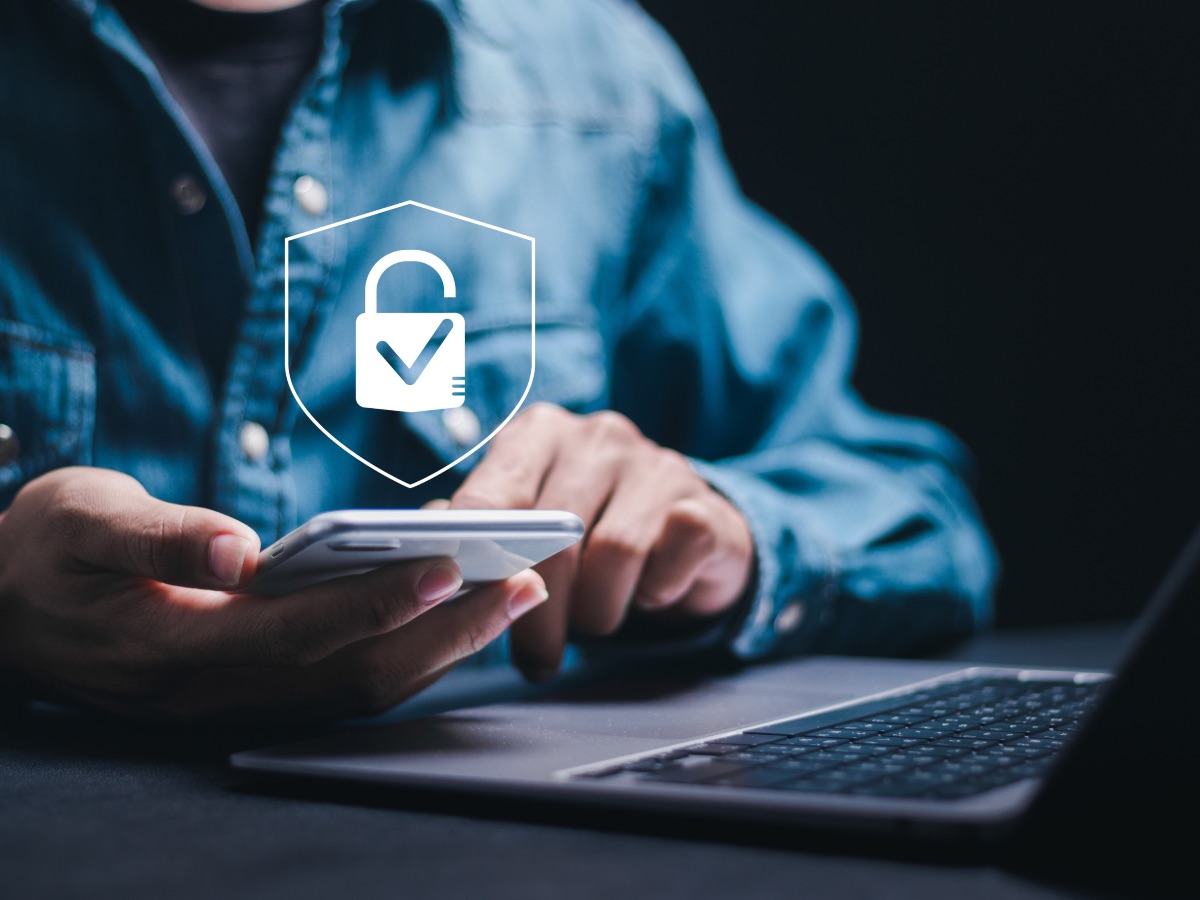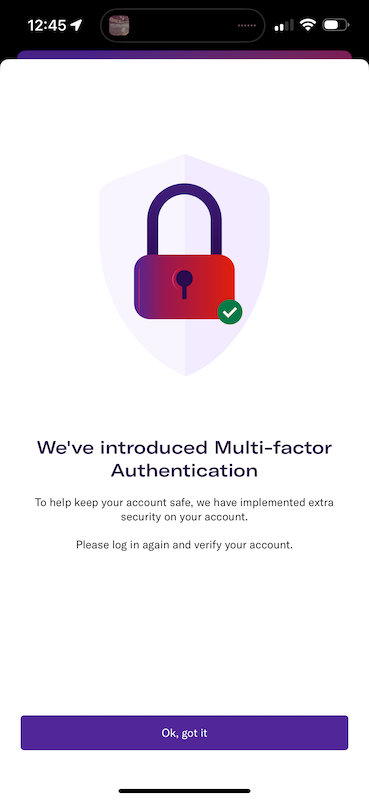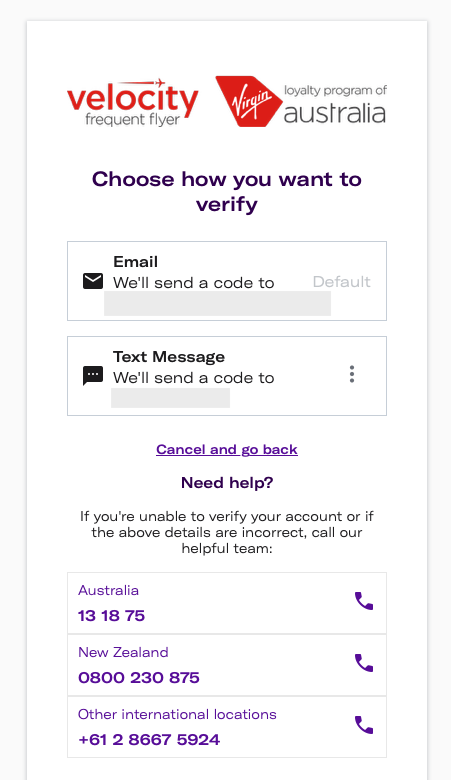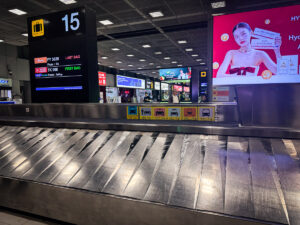
Velocity Frequent Flyer has finally implemented multi-factor authentication, increasing the level of security on its members’ accounts.
When logging into your Velocity Frequent Flyer account on the app or website, from today, you’ll now need to enter a verification code in addition to your password.

Velocity will send this code to the email address on your profile. Alternatively, you can choose to have an SMS code sent to your registered mobile phone number.

Velocity is also requiring an extra step of authentication if you try to edit the personal details on your account. This is a welcome additional security measure.
In addition, if you do change any of your account details (such as your phone number or address), Velocity will send you an email confirming the change.
If the email address and phone number on your Velocity Frequent Flyer are not up to date, you’ll need to contact the Velocity Membership Contact Centre to get these corrected.
The Velocity Frequent Flyer website contains Frequently Asked Questions (FAQs) about the new multi-factor authentication system.
Why this was needed
The introduction of multi-factor authentication on Velocity Frequent Flyer accounts is great news because it should help to reduce the instances of fraud and theft.
This has been an increasing problem in recent times, with many AFF members reporting this year that their accounts were hacked into and points stolen. In fact, one AFF member reported as recently as last Thursday that someone had stolen 700,000 frequent flyer points from their daughter’s account.
When this happens, Velocity will usually refund the stolen points. However, the whole process can take months and Velocity locks the member’s account until it completes an investigation.
Qantas introduced two-factor authentication to protect its frequent flyers’ accounts more than five years ago.








































































